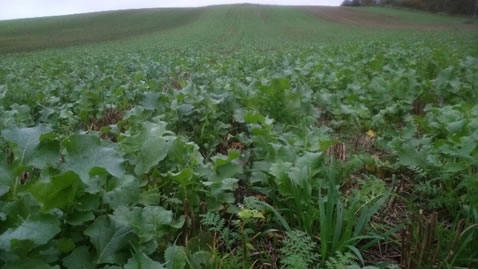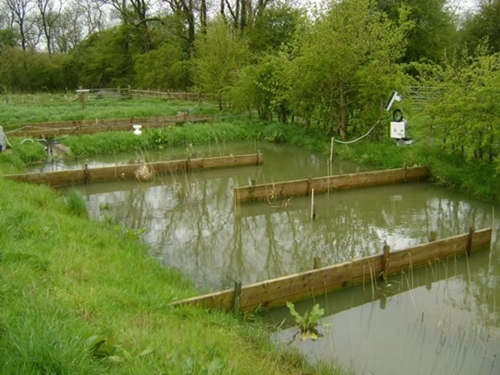Emma Duncan’s recent article in The Times about cutting
greedy farmers down to size is an interesting viewpoint on the current Brexit
debate. The GWCT Allerton Project’s Head of Farming Phil Jarvis offers an
alternative view to some of the statements (in red) she made.
“I’m drawing a little comfort from the prospect of our
liberation from the one bit of Europe I have always hated — the Common
Agricultural Policy.”
The CAP is the system of agricultural subsidies implemented
over 40 years ago to increase food productivity, security, market stability and
reasonable prices to the consumer. It is far from perfect, but it has provided
bountiful supplies of food for European consumers and enabled economic
viability for a number of often neglected rural communities. Whether food is
more important than other manufactured goods is debateable when supermarket
shelves are full and supply exceeds demand.
It is both admirable and desirable to increase freer trade
with the developing world, but I’m not sure I want to see the demise of the
UK’s agricultural production and a return to a weedy wilderness as an
alternative. Food safety and security with comparable production standards are
required to keep a level playing field, of course unless we don’t want a UK
farming industry. Be very careful exporting our productive landscape to one you
have very little control over! Importing food from developing countries might
also lead to food shortages in other parts of the world
Not all farming payments are production based; many help
protect and enhance our farmland wildlife habitats. The three Greening elements
and Cross Compliance all help protect our environment, while Environmental
Stewardship helps enhance and rejuvenate wildlife habitats around crop
production. Through the Campaign for the Farmed Environment, farmers
voluntarily create thousands of acres of habitat to encourage biodiversity. As
I drilled wild bird cover for winter feeding, I noticed a plethora of wild
flowers, providing a bountiful food source to our resident invertebrates and
pollinators, as well as a diverse array of crops in the landscape.
 |
| A plethora of wild flowers, providing a bountiful food source to our resident invertebrates and pollinator |
The crops I grow are part of my commitment to feed a growing population and make no excuse for such a stance. This is against a backdrop of challenging weather, increasing concerns on climate change and market volatility.
“If we cut subsidies, farming will
shrink and land prices fall. That will free up land for other uses. One is
housing: we desperately need houses for our young people, and lower land prices
will make building them more affordable. Another is a healthier environment.” “The subsidy regime encourages a sterile
monoculture: it condemns the Yorkshire Wolds to barley and wheat as far as
the eye can see and denudes the Welsh hills by covering them with a surplus of
sheep.”
A healthier environment is not necessarily achieved by
replacing a ‘sterile monoculture’ with building more houses for ‘our young
people’
What is this sterile monoculture of wheat, barley and sheep
expressed in the article? The Yorkshire Wolds and Welsh hills are some of the
most popular rural tourist locations featuring a combination of stunning
landscape; much of which is farmed.
“a poll
in Farmers Weekly just before the vote suggested that 58 per cent (of farmers)
were Leavers and 31 per cent Remainers ….. These genetically modified turkeys
voted for Christmas.”
I resent being called a ‘genetically
modified turkey’. The implication that genetic modification is an agricultural
practice in the UK, is both incorrect and misleading.
The National Farmers Union works hard to represent its
members and wants a strong vibrant United Kingdom agricultural policy in the
years ahead. This will only be achieved with strong functional and fair markets
enabling farmers to run profitable businesses. However, this can be achieved by
building upon farming’s environmental role, allowing all farmers to care for
the countryside, wildlife and mitigate climate change.
British agricultural policy is about a balance between food production and responsible environmental management. As long as
legislation and regulation are proportionate and not bureaucratic and
counterproductive we can continue to enjoy productive vibrant sunlit uplands. Working for a bright future for British agriculture will mean a bright future for the British landscape

























